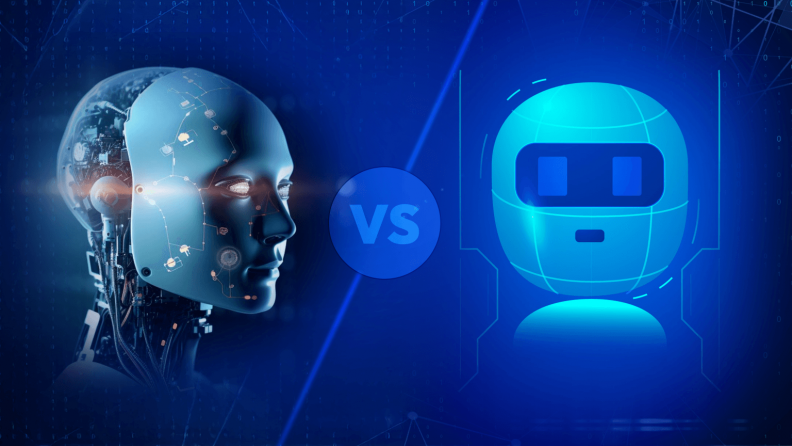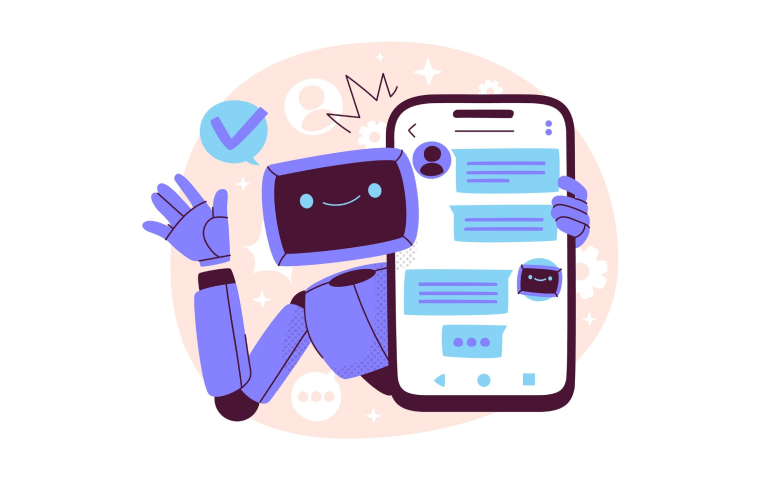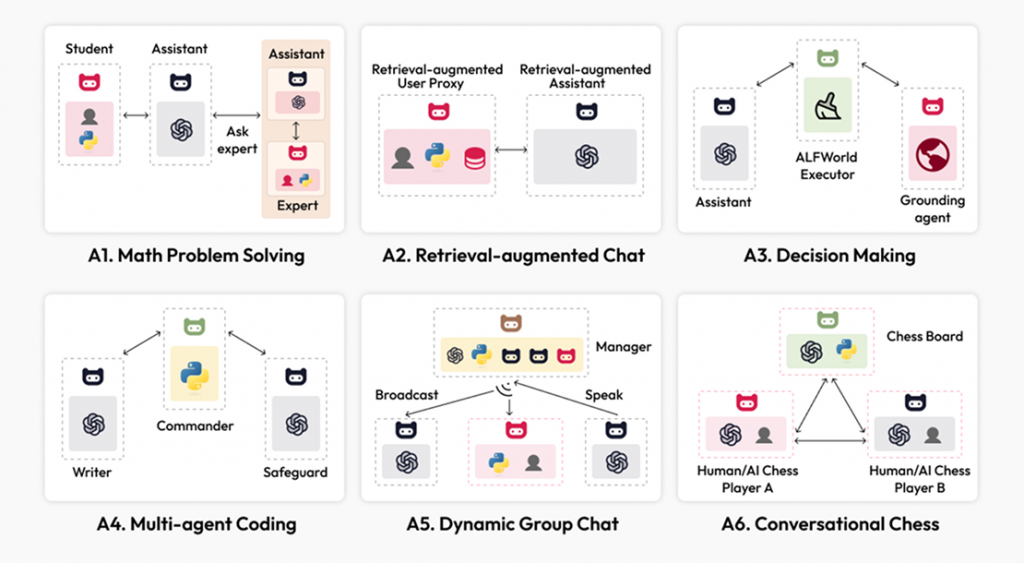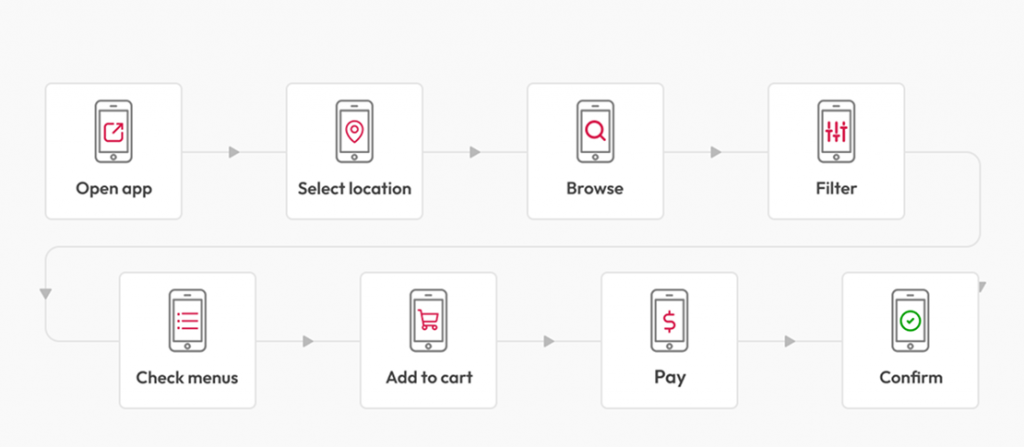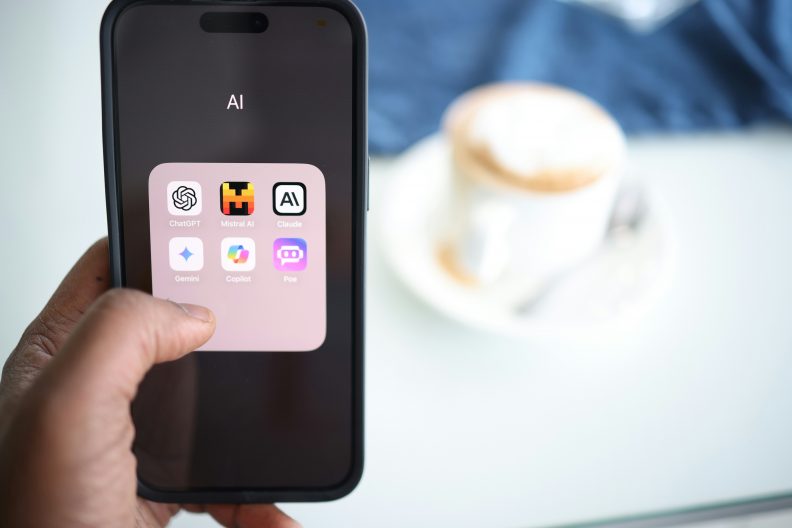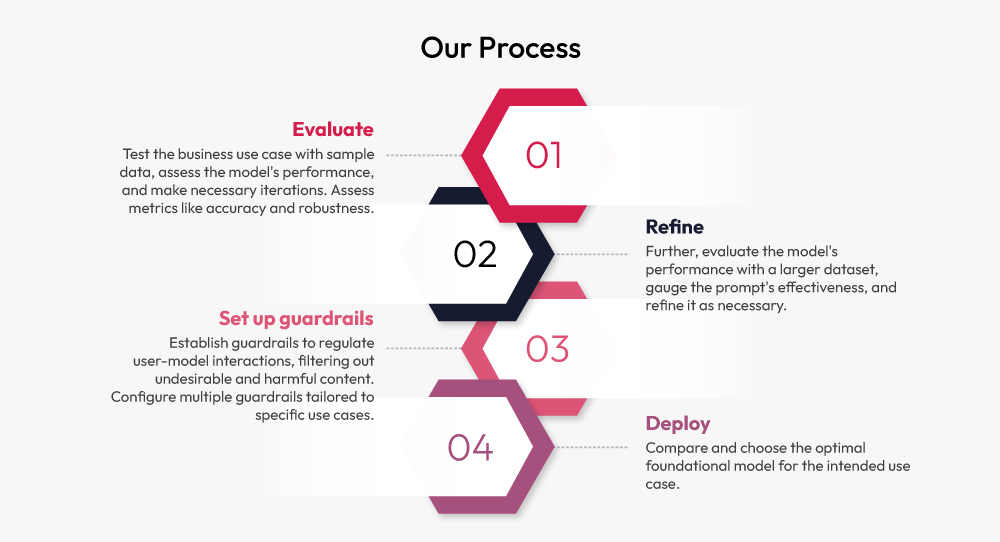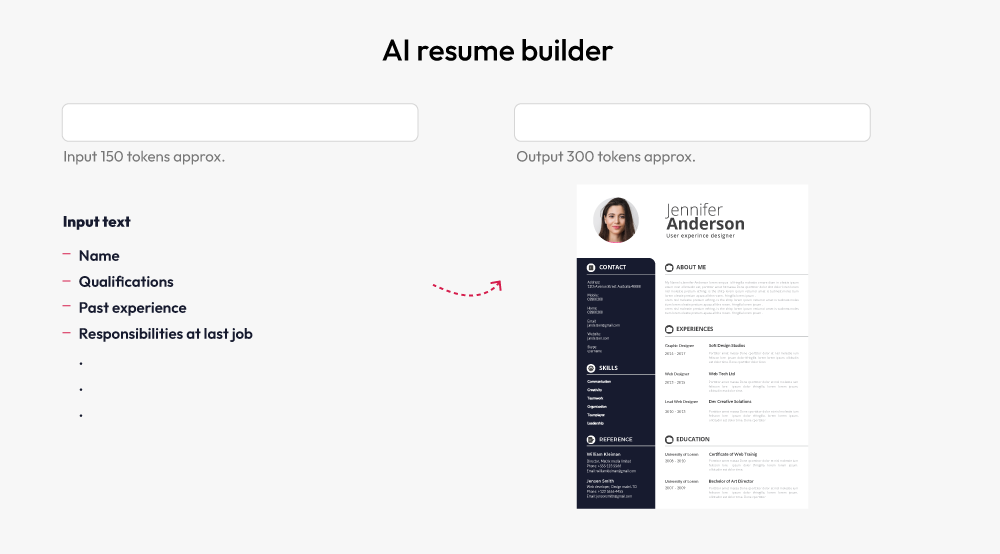Artificial Intelligence (AI) has advanced in leaps and bounds in recent years, fundamentally changing how enterprises leverage technology. AI is now at the center of transforming operations, customer engagement initiatives, product development, and even new business models, rendering a sizeable impact far-reaching across industries. What began as machine learning based models solving classification problems has matured into powerful Generative AI (Gen AI) models creating human-like content, suggesting code, and enabling hyper-personalized experiences. Above all, the developments in Gen AI have primarily changed how enterprises engage with their own data, content, and customers.
However, as enterprises engage in more complex workflows and processes, they seek AI solutions that can provide more than just ‘reply’ or ‘automation’. As a result, we are seeing a new class of AI systems emerge from the foundation of Generative AI and Machine Learning (ML), we are seeing “Agentic AI”. Agentic AI builds upon the foundational technologies of Gen AI and Machine Learning but adds a critical layer—goal-directed autonomy. Essentially, it can reason, plan, modify plans, and initiate a sequence of actions autonomously to execute multi-step processes efficiently. In this article, we’ll explore Agentic AI vs Generative AI—how they differ, and what these differences mean for enterprises.
Agentic AI vs Generative AI: Key differences
Generative AI can implement single-step tasks that require fluency, variety, or creative iteration. However, it falls short on intelligent decision-making, goal-driven autonomous execution, or dynamic (or in “real-time”) adaptation to new information without continuous human intervention, where Agentic AI excels. Let’s look at what is Agentic AI vs Generative AI.
Generative AI: Reactive and prompt-aware
What is Generative AI?
Generative AI refers to a class of artificial intelligence models that generate new content based on learned patterns from massive datasets. These systems are often based on large language models (LLMs) – such as GPT-4, LLaMA, Claude, or Gemini – that have all been trained from billions of parameters to generate human-level text, realistic images, lines of code, synthetic voice-overs, and the list goes on. Their strength lies in pattern recognition and generation of patterns, not decision-making.
Real-world applications of Generative AI
Generative AI is already deeply embedded in enterprise workflows:
- Customer support: AI chatbots can answer queries, generate responses, escalate issues, or route inquiries as needed.
- Content engines: Automatically generate product descriptions, ad copies, scripts, and social media content.
- Personalization engines: Help in personalized outreach using CRM data or product recommendations through dynamic text generation.
- Software development: AI-assisted programming through code suggestion tools, such as GitHub Copilot or Tabnine, to assist with software development.
- Language translation: Multilingual content generation at scale.
Technical foundations of Generative AI
The backbone of Generative AI lies in:
- Natural Language Processing (NLP): Processing and understanding text and speech data to generate human-like text and speech by combining computational linguistics.
- Multimodal generation: Generate output with modalities, such as images, videos, and audio, through text prompts.
- Massively scaled training datasets: Gen AI systems can pull together knowledge from literature, code repositories, customer data, and more.
- Reinforcement learning with human feedback (RLHF): Optimizing ML models using human feedback to self-learn and adapt.
Gen AI models are trained on billions of parameters and fine-tuned using feedback loops that optimize their understanding of context, syntax, semantics, and intent.
Limitations of Generative AI
- Reactive by design: It requires user prompts or inputs to initiate any action.
- Stateless behavior: Most Gen AI models do not retain context between sessions unless externally integrated.
- Lacks decision-making: Cannot independently plan or optimize actions toward a goal.
- Limited reasoning: Often lacks the ability to weigh multiple outcomes or infer logical sequences.
- Non-autonomous: Cannot execute tasks beyond generating content in response to prompts.
Agentic AI: Autonomous and goal-aware
What is Agentic AI?
Agentic AI systems use AI to do three key things: perceive their environment, process the data or information it gathers, and act autonomously to achieve complex goals based on that data or information. These systems are the next evolutionary step in AI systems as they are proactive, adaptive, and collaborative, capable of executing actions without requiring prompt-by-prompt human intervention.
Think of an autonomous agent not just as a bot, but as a digital executive assistant with the capacity to:
- Understand goals
- Break them into sub-tasks
- Make strategic decisions based on changes in conditions
- Collaborate with APIs, databases, and even other agents
Real-world use cases of Agentic AI
- Procurement agents: Evaluating vendor options, comparing quotes, creating purchase orders, and initiating approval workflows.
- Sales assistants: Research prospects, prioritize leads, personalize outreach, log data in a CRM, and schedule appointments autonomously.
- Recruitment agents: Screening resumes, scheduling interviews, initiating follow-ups, and even sending offer letters.
- Intelligent agents in finance: Managing compliance workflows, preparing audit documents, or running simulations of risk assessments.
Technical foundations of Agentic AI
- Planning and reasoning modules: These include symbolic AI, decision trees, and logic programming systems.
- Memory systems: Persistent memory (e.g., Vector databases) and context-aware memory retrieval for long-term coherence.
- Autonomous feedback loops: Continuous learning mechanisms that use prior execution cycles to learn and optimize strategies over time.
- Multi-Agent orchestration: In this process, multiple AI agents work together, each responsible for a part of the workflow.
Multi-agent orchestration: When AI teams up
A hallmark of Agentic AI is multi-agent systems—autonomous AI agents, each with specialized roles, working together, often synchronously, to achieve a unified business goal.
For example, consider an automated supply chain:
- One AI agent monitors the inventory
- Another forecasts demand
- A third AI agent handles vendor negotiations
- Yet another manages logistics
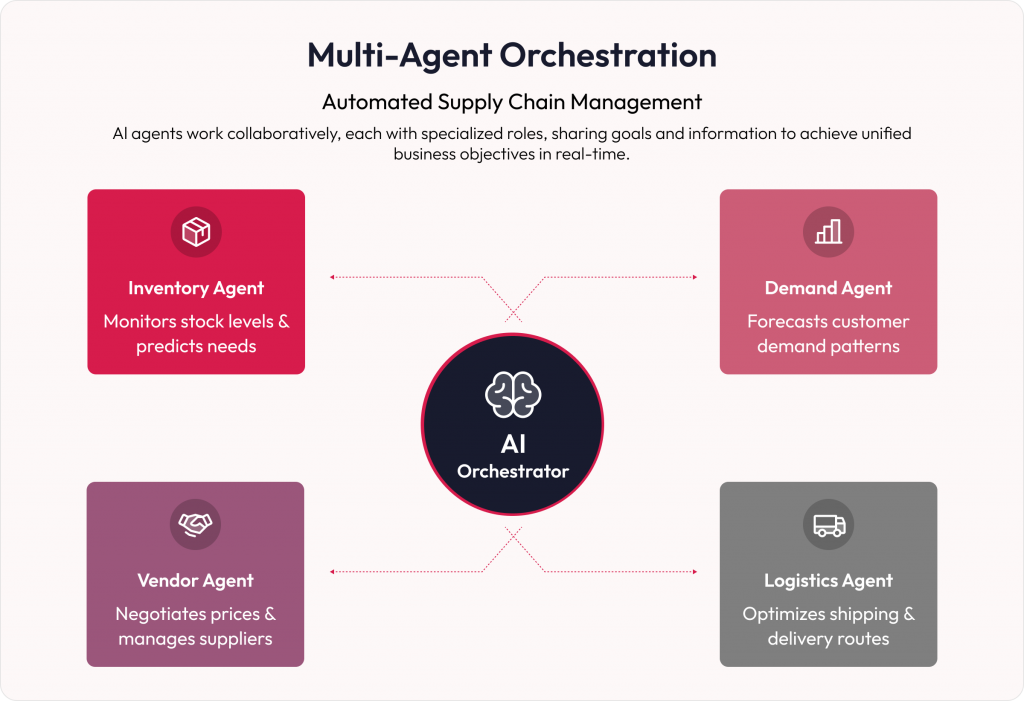
These AI agents share goals, exchange information, and adapt to real-time conditions, similar to a team of human employees. This is AI-driven orchestration, not isolated automation.
Agentic AI vs Generative AI: Why this distinction matters
Smarter AI Investment Decisions
Understanding the Agentic AI vs Generative AI distinction helps enterprise leaders invest in the right capability for the right use case:
- Need content generation, summarization, or customer interaction? Generative AI fits.
- Need to complete business tasks end-to-end, handle exceptions, and escalate smartly? You need Agentic AI.
Above all, decision makers and AI leaders can future-proof their AI roadmap by preparing composable, intelligent systems.
From point solutions to process automation
Most Generative AI implementations today are enhancements, not replacements—content suggestions, summarization, or support augmentation. They deliver short-term productivity gains. But Agentic AI can automate entire business processes, delivering:
- Cost efficiency
- Faster decision cycles
- Scalable digital operations
This makes Agentic AI a core driver for digital transformation, not just another tool in the stack.
A side-by-side comparison: Agentic vs Generative AI
Here is the side-by-side comparison of Agentic vs Generative AI:

Agentic AI vs Generative AI: Challenges and considerations
Maturity and tooling
Agentic AI is still in its infancy. Unlike Generative AI—which has APIs, platforms, and SaaS tools—Agentic AI requires bespoke development. Standards for orchestration, memory management, and multi-agent interaction are still emerging.
Engineering complexity
Designing agentic systems involves:
- Persistent memory & goal tracking
- Dynamic planning under constraints
- API/action management
- Failover and recovery mechanisms
This demands full-stack AI expertise, not just prompt engineering.
Governance and risk
Agentic AI introduces new governance challenges:
- Autonomy vs Control: What level of autonomy should AI agents have?
- Transparency: Can these AI systems justify why they take specific actions?
- Accountability: Who is responsible when things go wrong?
- Ethics and Compliance: Is autonomous decision-making aligned with company values and industry regulations?
It’s not Agentic AI vs Generative AI—it’s Agentic AI and Generative AI
The choice between Agentic AI vs Generative AI is not binary. They are complementary. Generative AI is ideal for tasks that require expression, content, or ideas. Agentic AI is ideal when you need outcomes, execution, and autonomy.
Enterprises must:
- Understand the capabilities and limits of each
- Identify the right use cases for meaningful ROI
- Work with partners who bring deep technical and domain expertise
Robosoft Technologies is uniquely positioned to help you move beyond experimentation into AI-led transformation:
- Strategic AI consulting to accelerate adoption—AI readiness, use case discovery, data architecture assessment, and customer analytics
- Scalable AI and data solutions—LLM model fine-tuning, CDP, Agentic AI automation, product and customer analytics platform, and cloud data migration.
- We integrate AI solutions that are at the forefront of research, data-driven UX audits, and design to create intuitive, inclusive, and high-performing digital experiences—backed by strategy, emotional intelligence, and scalable design systems.
Want to see how Agentic AI can transform your business operations? Contact us for a consultation.
FAQs
Q: What is Agentic AI vs Generative AI?
A: Generative AI systems are reactive and generate new content (text, images, lines of code, voice-overs, etc.) based on learned patterns from massive datasets. On the other hand, Agentic AI systems act autonomously to make decisions for achieving complex goals across multiple steps.
Q: Is ChatGPT an Agentic AI?
A: No, ChatGPT is not an Agentic AI system. It is a Generative AI system based on LLMs that operates on prompt-based inputs to create new content.
Q: What can AI Agents do?
A: AI agents can perceive their environment, process the data or information it gathers, and act autonomously to achieve complex goals based on that data or information.
Q: What is orchestration in AI Agents?
A: Orchestration in AI agents refers to coordinating and managing multi-agent AI systems, each with specialized roles to achieve a unified goal.
